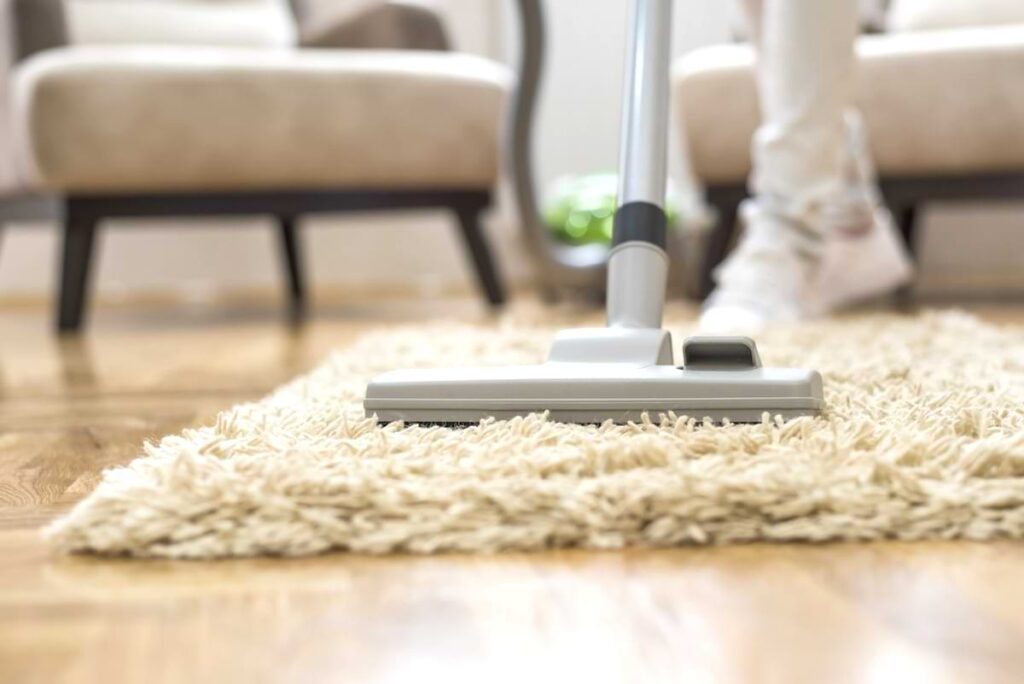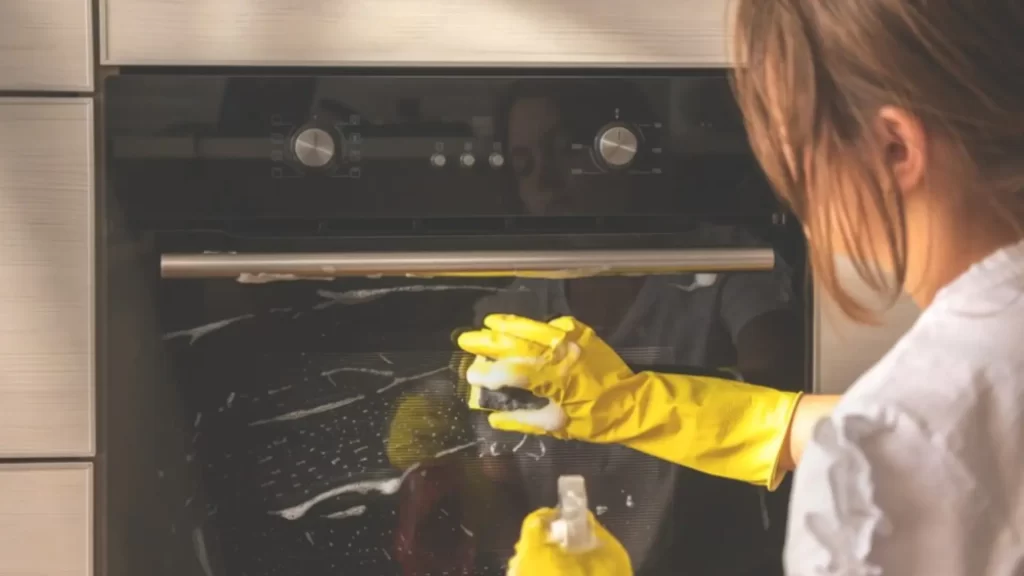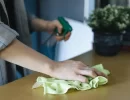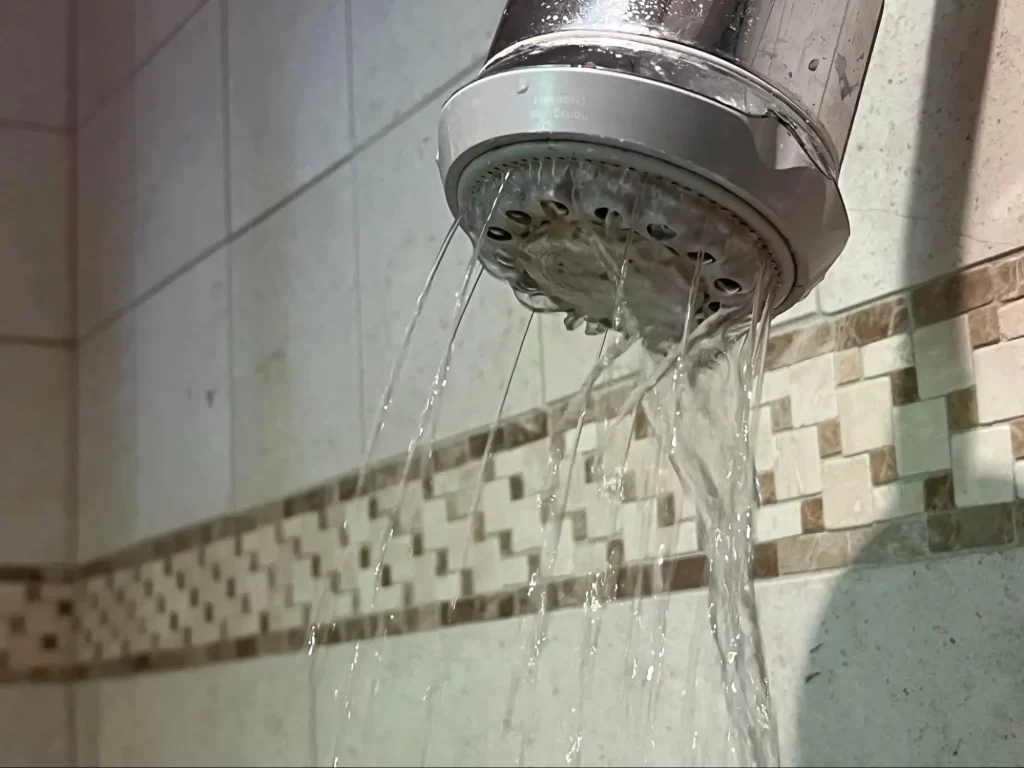Discover easy and effective DIY methods to deep clean your carpets for a fresher, healthier home. From spot cleaning to deep cleaning solutions, find the perfect method for your needs.
Dirty carpets can harbor dirt, dust, allergens, and even bacteria. Regular cleaning is essential for a healthy home environment and can also extend the life of your carpet. This guide provides effective DIY methods for deep cleaning your carpets.
DIY vs. Professional Carpet Cleaning
Choosing between DIY and professional cleaning depends on your budget, time, and the severity of the cleaning needed. DIY cleaning offers cost savings and scheduling flexibility, allowing you to choose the products and methods you prefer. However, it requires time and effort, and there’s a risk of not achieving the same level of cleanliness as a professional. Improper use of chemicals or incorrect techniques could potentially damage your carpet.
Professional cleaning, on the other hand, provides expert results with specialized equipment and knowledge. It’s a convenient option, but it comes at a higher cost and requires scheduling an appointment.
How much does professional carpet cleaning cost? Most homeowners can expect to pay somewhere between $125 and $250 for professional carpet cleaning. The national average is around $180. Some companies charge by the square foot, typically ranging from $0.25 to $0.50 per square foot. Prices vary by carpet type, location, cleaning method, and more.
Types of Carpet Cleaning Methods
Here are three effective carpet cleaning methods:
Vacuuming: The Essential First Step
Thorough vacuuming is the foundation of any carpet cleaning process. Vacuuming removes loose surface dirt, dust, pet hair, and other debris, making subsequent cleaning methods far more effective. By removing these surface particles, you prevent them from being ground deeper into the carpet fibers during wet cleaning.
To prepare for vacuuming:
- Remove all furniture, toys, and other items from the carpeted area so you can easily access every part of the carpet.
- Check your vacuum cleaner. Make sure the bag or dust canister is empty to maximize suction. Adjust the height setting of your vacuum cleaner to match the pile height of your carpet. This will ensure optimal contact and cleaning.
When vacuuming:
- Work slowly and methodically, using overlapping strokes so you cover the entire carpet.
- Pay extra attention to high-traffic areas, such as doorways and hallways, where dirt tends to accumulate more.
- Use the crevice tool attachment to clean along edges, baseboards, and in hard-to-reach corners, removing dust and debris that the main vacuum head can’t reach.
Spot Cleaning: Targeting Spills and Stains
Spot cleaning is the best way to deal with spills and stains quickly, before they have a chance to set. Acting fast is key to preventing permanent damage.
The most important rule for spot cleaning is to blot, not rub. Rubbing a stain will only spread it and push it deeper into the carpet fibers, making it much harder to remove. Instead, gently blot the spill with a clean, white cloth or paper towel, pressing firmly to absorb as much of the liquid as possible. Continue blotting with fresh cloths until no more liquid is transferred.
Once you’ve blotted the spill, apply a cleaning solution. It’s crucial to test any cleaning solution in an inconspicuous area of the carpet first to make sure it doesn’t cause discoloration or damage. Apply a small amount to a hidden spot and let it sit for a few minutes before blotting it up. If there are no adverse effects, you can proceed with cleaning the stain.
For specific types of stains, try these solutions:
- Food and drink stains: A mixture of equal parts white vinegar and warm water with a small amount of mild dish soap can be effective. Apply the solution to the stain, let it sit for a few minutes, and then blot with a clean cloth.
- Pet acidents: A mixture of water, white vinegar, and baking soda can help neutralize odors and break down organic stains. Sprinkle baking soda over the area, then spray with a mixture of equal parts water and vinegar. Let it fizz and then blot dry.
For stubborn stains, you may need to repeat the process or try a specialized stain remover, following label directions and testing it in an inconspicuous place.
Deep Cleaning: Removing Embedded Dirt and Grime
Deep cleaning is necessary to remove deeply embedded dirt, grime, allergens, and bacteria that vacuuming and spot cleaning can’t reach. This method provides a more thorough cleaning and can revitalize your carpet. There are two main approaches to deep cleaning: using homemade cleaning solutions or using store-bought carpet cleaners with a carpet cleaning machine.
Homemade Cleaning Solutions
Homemade cleaning solutions are usually a natural and cost-effective option, typically using ingredients you already have in your kitchen.
- Vinegar and water solution: This simple solution is effective for general cleaning and can help remove light stains and odors. Mix equal parts white vinegar and warm water in a spray bottle. Lightly spray the affected area, allowing the solution to sit for 5 to 10 minutes to loosen dirt and stains. Then, blot the area gently with a clean, damp cloth. Finish by rinsing the area with plain water and blotting it dry with a clean, dry towel.
- Baking soda and water paste: This paste is particularly useful for tackling stubborn stains and odors. Combine 3 parts baking soda with 1 part water to create a thick paste. Apply the paste to stained or odor-affected areas and let it sit for 15 to 20 minutes, or until it dries. Then, gently scrub with a soft brush to lift the stain. Finally, vacuum the residue thoroughly to restore the carpet’s appearance.
Store-Bought Carpet Cleaners
Store-bought carpet cleaners, used with a carpet cleaning machine (often rented for $30 to $70 per day), are formulated for deep cleaning and can be more effective at removing tough stains and embedded dirt. When choosing a store-bought cleaner:
- Select a cleaner appropriate for your carpet type. Some products are formulated for synthetic carpets, while others are better suited for wool or natural fibers. Using the wrong cleaner can damage your carpet.
- Consider your specific needs. Look for products that target pet stains, odor removal, or high-traffic areas if those are your primary concerns.
- Always follow the manufacturer’s instructions carefully. This will ensure you use the product correctly and avoid any damage to your carpet. Pay close attention to the recommended dilution ratios and application methods. It’s also important to avoid over-wetting the carpet, which can lead to mold and mildew growth.
Drying Your Carpet
Proper drying is crucial after any wet cleaning method to prevent mold and mildew growth.
- Ventilate the area by opening windows and doors to allow fresh air to circulate.
- Use fans to increase airflow and speed up the drying process.
- Avoid walking on the carpet until it is completely dry.
Make sure the carpet is thoroughly dry before replacing furniture to prevent moisture from being trapped underneath.








 Don Vandervort writes or edits every article at HomeTips. Don has:
Don Vandervort writes or edits every article at HomeTips. Don has:




